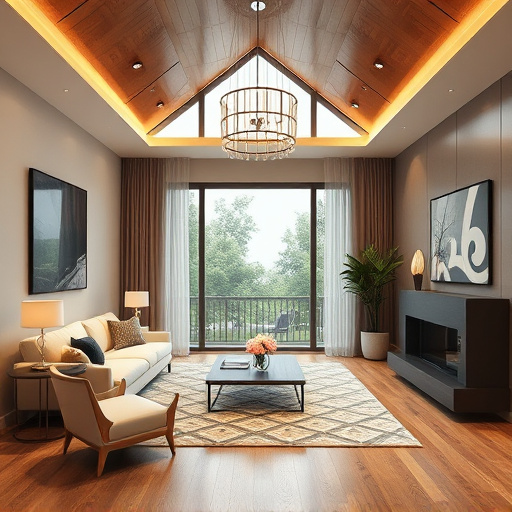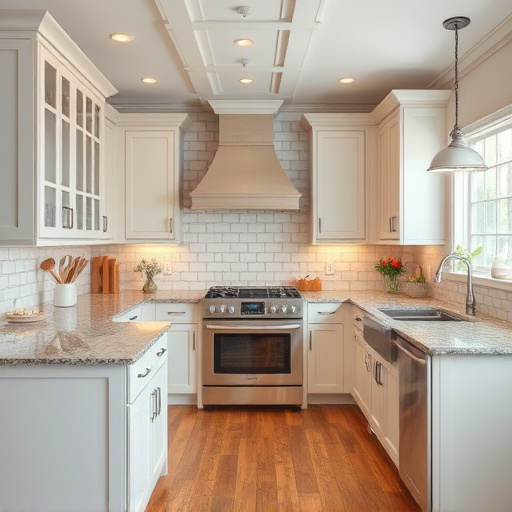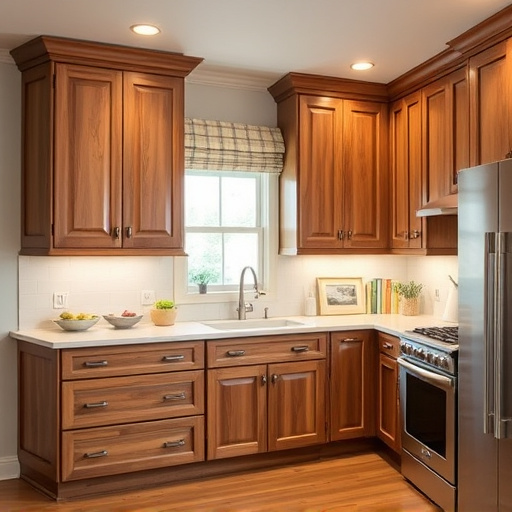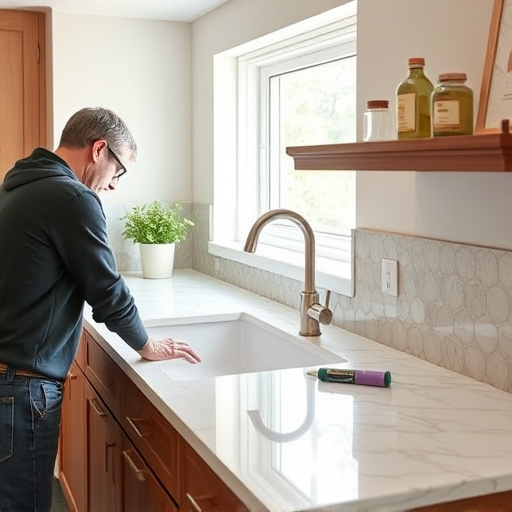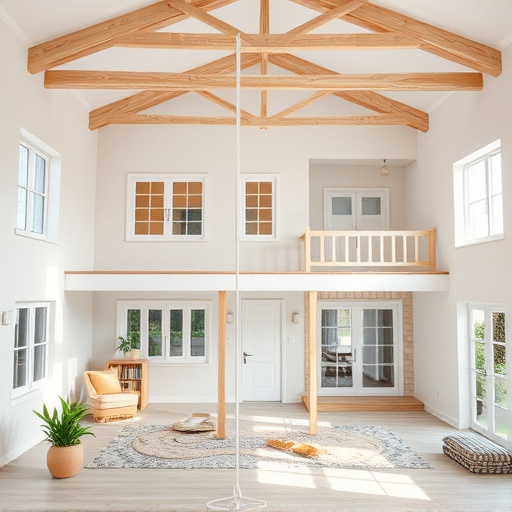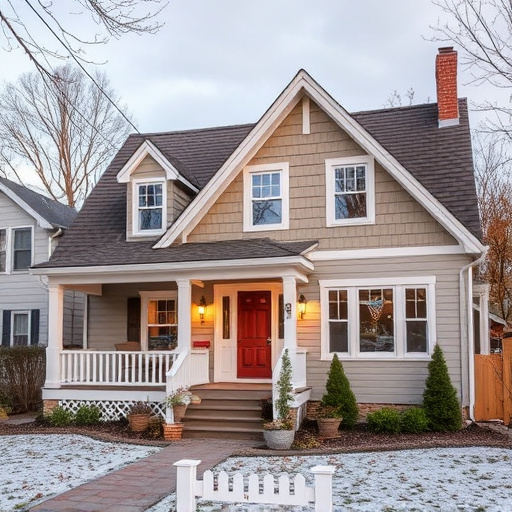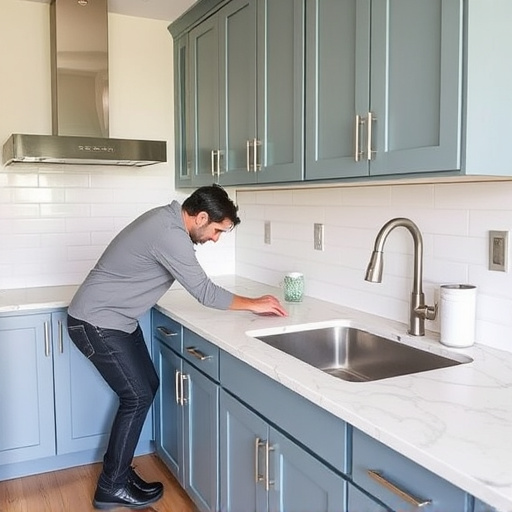Strategic lighting is a key element in interior decorating, transforming ordinary spaces into captivating environments that enhance mood, texture, and character. By layering various light sources, decorators can achieve both aesthetics and functionality—from ambient to task lighting—in living rooms, bedrooms, bathrooms, kitchens, and specialized spaces like home offices or hobby rooms. This approach ensures versatility for diverse activities while bringing out the best in color schemes and creating calming atmospheres.
Discover the transformative power of lighting in your interior decorating projects. In this guide, we explore how strategic illumination can enhance ambiance, define spaces, and even alter perceptions. From understanding the psychological effects of light to implementing effective strategies, you’ll learn to harness its potential. We also dissect various types of lighting suitable for different rooms, empowering you to make informed choices that elevate your interior design.
- Understanding the Impact of Lighting on Space
- Strategies for Effective Interior Decorating with Light
- Types of Lighting and Their Suitability in Different Rooms
Understanding the Impact of Lighting on Space
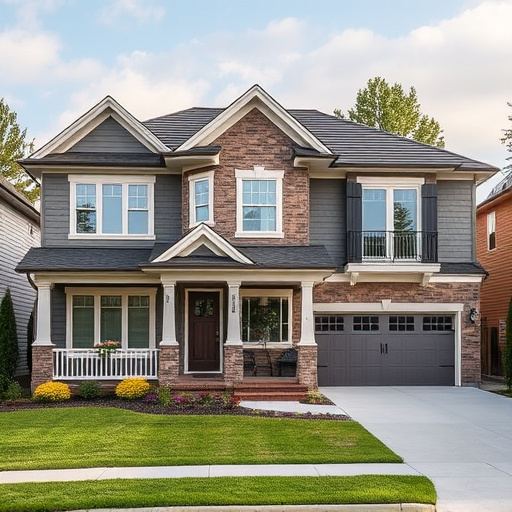
Lighting plays a pivotal role in shaping the ambiance and overall aesthetic of any interior space. When used intentionally, it can transform a mundane room into a captivating environment. In interior decorating, understanding how light interacts with a room is key to creating spaces that are both functional and visually appealing. The impact of lighting extends beyond mere visibility; it influences mood, enhances textures, and defines the overall character of a room.
For instance, strategic placement of lamps or chandeliers can draw attention to specific areas, such as a stunning floor replacement or an artistic exterior painting in a gallery wall. In a kitchen remodel, task lighting over countertops and islands improves functionality while adding depth and dimension. This demonstrates how lighting can become a design tool, allowing decorators to craft spaces that are both inviting and well-lit for various activities.
Strategies for Effective Interior Decorating with Light
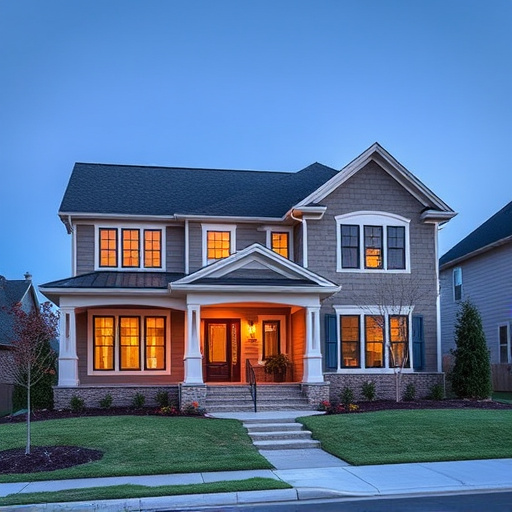
Strategizing light usage is key to successful interior decorating projects, enhancing both aesthetics and functionality. The right lighting can transform a space, setting the mood and emphasizing design elements. For instance, in kitchen renovations, task lighting over countertops and under-cabinet lights can make meal preparation more efficient and pleasant. Incorporating ambient lighting through ceiling fixtures or chandeliers creates a warm atmosphere, while accent lighting on artwork or architectural features adds depth and dimension.
In home additions or rearranged interiors, consider layering light sources to achieve versatility. A combination of floor lamps, table lamps, and recessed lighting allows for adjustable brightness and direction, catering to various activities throughout the day. When planning interior painting, lighting strategies can highlight new color schemes. Well-placed sconces or wall-mounted lights can bring out the richness of a bold shade, while softer, diffused light can make a space feel more serene when using lighter tones.
Types of Lighting and Their Suitability in Different Rooms
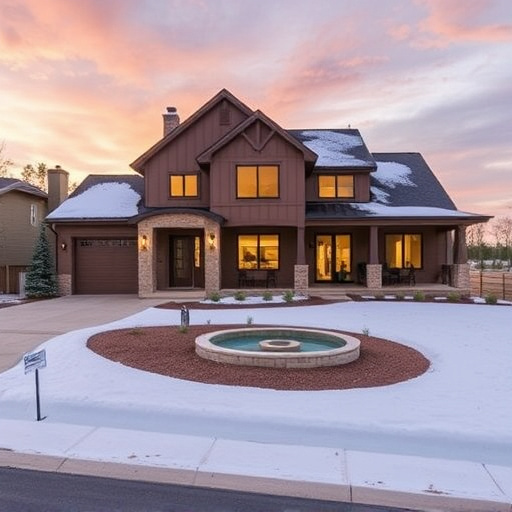
The types of lighting you choose for your interior decorating projects can dramatically alter the ambiance and functionality of each room. In the living room, consider a combination of overhead lighting, such as a pendant or chandeier, to set the overall mood, and floor lamps or table lamps for task lighting. This balance ensures both comfort and clarity during various activities, from relaxing to entertaining guests.
For more intimate spaces like the bedroom or bathroom renovations, softer, warmer lighting is often preferred. Wall-mounted sconces or bedside lamps emit a gentle glow, creating a soothing atmosphere ideal for unwinding. In contrast, residential renovations incorporating home offices or hobby rooms may benefit from task-specific lighting, like under-cabinet lights in kitchens or reading lamps near comfortable seating areas, enhancing productivity and enjoyment within these spaces.
Lighting is a versatile tool in interior decorating, capable of transforming spaces and enhancing ambiance. By understanding how light interacts with our surroundings and employing strategic placement, we can create inviting, well-proportioned, and aesthetically pleasing homes. Incorporating various lighting types tailored to each room’s unique character ensures functionality and style, making any interior decorating project a success.








